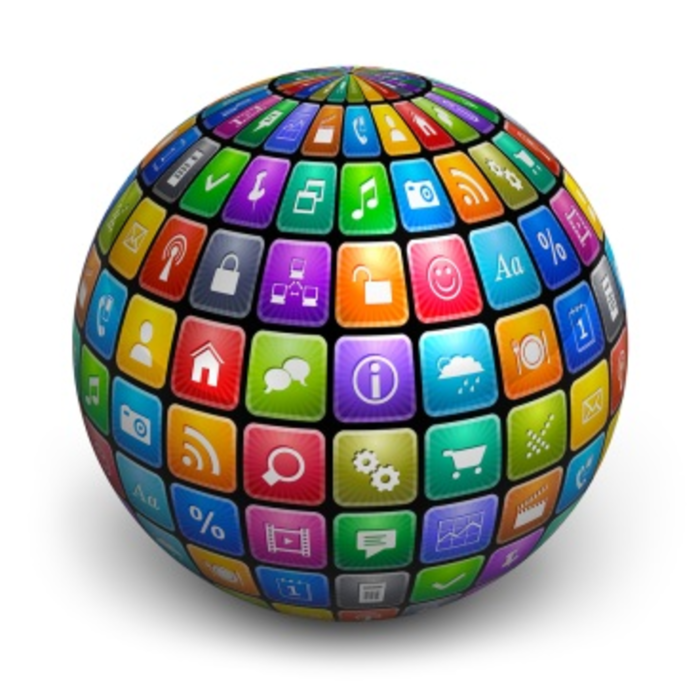Each day technology becomes less visible in our psyches and more like electricity; we depend on and benefit from gadgets, devices, and sensors but forget they’re there. Tech advances have penetrated nearly every part of life and certainly every industry—including, of course, marketing. And technology will become only more intertwined with data collection, customer communication, and campaigns’ creation, execution, and management.
In a recent study from the Pew Research Center, experts project that by 2025 the Internet of Things will thrive; they say this immense network of devices, appliances, cars, clothes, and even sensor-laden elements of the environment will be connected and will exchange data.
Dave Meeker, VP of emerging technology at digital marketing agency Isobar, says that this vast collection and exchange of data ultimately will change the marketing landscape. “There’s a lot of interesting perspective on what [the Internet of Things] means,” Meeker says. “But for us, it’s really about using technology to access, provide, and share content [with customers].”
Meeker says CMOs need to embrace this technological evolution, understand what it means for marketers and customers, and then respond accordingly. “Marketers need to leverage these devices and the Internet of Things in the customer experience,” he explains. “We used to think of user experience as everything digital and customer experience as everything physical. Now, with the advancement of the Internet of Things, they’ve overlapped, and they’re coming together.”
Here, Meeker predicts how this projected rise of embedded and wearable sensors will revolutionize marketing in homes, communities, goods and services, the environment, and even our bodies.
Homes
Through the Internet of Things, some brands provide products that allow consumers to control nearly everything remotely—from heating and cooling systems to landscape irrigation. “Already, we see a lot of [advancement] from Comcast with their Xfinity system, with ADT, AT&T—there’s even speculation that Apple is going to release a home automation system,” Meeker says. “The home is a huge opportunity [for marketers].” He adds that these home sensors will become more advanced—perhaps informing marketers when a favorite item is missing from a customer’s fridge and when it’s time to change a light bulb. “The next place where we’re really going to see connected devices is in the home.”
Communities
Meeker says the infrastructure in communities will be monitored and improved by this expanding network of devices, and brands will provide the goods and services needed to make that happen. “Even now, a group called Smart Cities [at the MIT media lab] are putting sensors in seemingly everything and collecting all sorts of data sets,” Meeker says. “They’re able to tell in these communities where people are driving, riding bikes, or walking from point A to point B—[and] if a person is alone or in a group.” Meeker notes that these devices will help detect activities like traffic flow patterns that could help with urban planning. “The idea here is how [marketers] can make a better world [with all of this data].”
Good and services
Perhaps the most evident impact on marketing from the Internet of Things will be in goods and services, Meeker says. “We’ll speed up the supply chain with inventions such as autonomous trucks. There’ll be much more accurate tracking of what’s in trucks and where it gets delivered, where it goes in-store. And when consumers pick those packages up, then put [them] back down, we’ll know who those people are,” Meeker predicts. “This will all become ubiquitous.”
Environment
Data collected from things such as weather stations, soil monitoring, and pollution levels are already informing marketing campaigns designed to meet consumers’ needs. “We’ll be able to find much more granular information around the environment,” Meeker notes. “So [marketers] will be able to make more educated decisions.” He says real-time readings from fields, forest, oceans, and cities will become only more prolific in the future.
Human bodies
Meeker predicts that by 2025 a majority of consumers will wear devices that connect them to the Internet—giving feedback on their whereabouts, activities, health, or even monitoring children and employees. “We already see tons of health and fitness trackers on the market,” Meeker says. “People are tracking all of this data of themselves. The promise [for marketers] here is that brands can offer perspective and solutions as a service stemming from the information customers give. Brands should step in and provide services that we wouldn’t think of them providing today.”







